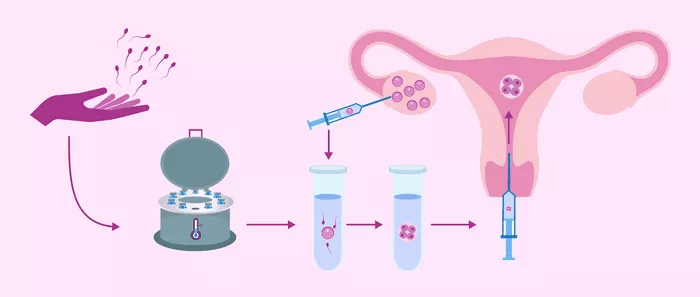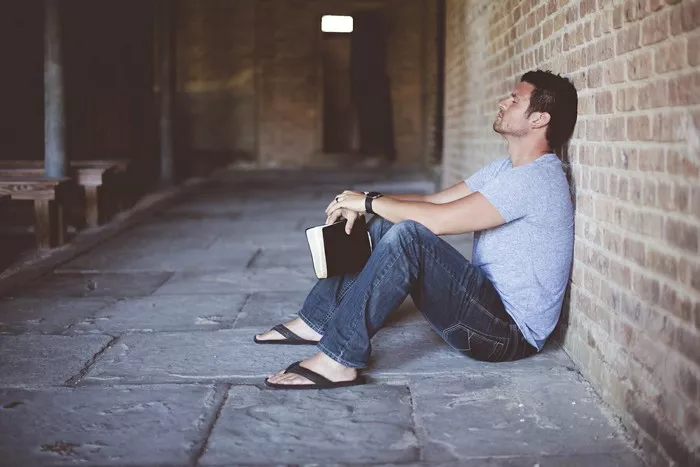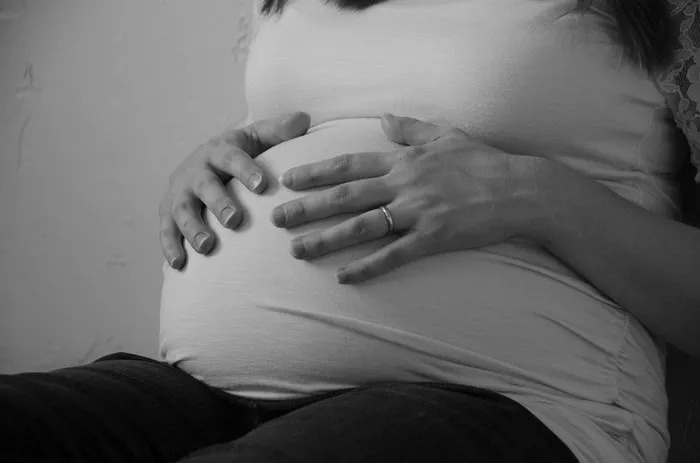An Australian-first fertility rebate that has helped thousands of couples struggling to afford IVF treatment will soon be limited, sparking concerns that the move could exacerbate the nation’s already declining birth rates.
Since its introduction in 2022, the $2,000 cash rebate in New South Wales has been a lifeline for more than 14,000 women seeking fertility treatment. The initiative, launched by the state’s then-coalition government as part of a women-focused budget, has provided significant financial relief. However, with higher-than-expected demand, the state government announced that from February 2024, an income test will be applied to all applicants.
Under the new rules, only those who meet certain criteria—such as receiving the family tax benefit, holding a government health care card, or having a household income of $116,000 or less—will qualify for the rebate.
The changes have been met with disappointment and concern, particularly from fertility experts who warn that limiting access to the rebate could discourage couples from pursuing IVF, further contributing to Australia’s already low fertility rates. Currently, the nation’s fertility rate stands at just 1.5 children per woman, well below the 2.1 required for population replacement.
Katrina Rowan, Clinical Director at Monash IVF Sydney, emphasized the importance of the rebate in addressing the growing challenges faced by individuals and couples hoping to start a family. “NSW has really led the way with this rebate, and the fact that so many people have claimed it since January last year shows its critical role in making fertility treatment more accessible,” Rowan said. “Taking it away or limiting it could potentially lead to further declines in fertility rates across the state.”
The income eligibility threshold for the rebate will be set at a household income of $116,000 per year, which Opposition Leader Mark Speakman described as a significant blow to many families. “This is a cruel and distressing decision for the thousands of women and families who were depending on this support to fulfill their dreams of having children,” Speakman said.
Labor politicians also criticized the move, pointing out that the coalition had allocated $24 million over four years for the rebate, but the funding was exhausted in less than two years due to unexpectedly high demand. Premier Chris Minns acknowledged the financial pressures on the program but defended the decision, saying the government was unable to meet the demand with the initial budget allocation.
“We want to help as many people as possible, but the number of applications was far beyond what we anticipated,” Premier Minns said. “I apologize to families who are struggling. We understand the cost of living is a significant barrier for many who wish to have children.”
To address the ongoing demand, the state government has allocated an additional $52.2 million to extend support to 24,100 more women. This funding is part of a broader $130.9 million Family Start Package, which includes support for pre-IVF fertility testing and lower-cost IVF treatment at publicly supported clinics located at Royal Prince Alfred Hospital, Westmead Hospital, and the Royal Hospital for Women.
Despite these efforts, the narrowing scope of the rebate has raised fears that more couples will be left without the financial assistance they need to start or expand their families, potentially leading to further declines in Australia’s fertility rate.
Related topics:
Alabama Supreme Court Decision Shakes IVF Community, Families Share Their Struggles
Pregnant Woman’s News Stirs Tension with Infertile Best Friend: Is She in the Wrong?
The Hidden Link Between Air Quality and Fertility: Experts Warn of Risks

























